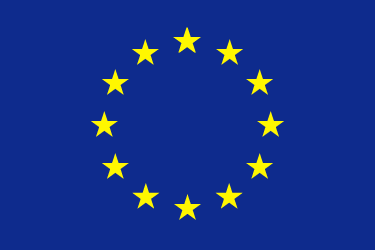2021-08-22
Opening a New Colonial Road for Horsha outpost in Al-Mazra’a Al-Gharbiyeh / Ramallah Governorate
Violation: Opening a new colonial road.
Location: Al-Mazra’a Al-Gharbiya village lands / Ramallah Governorate.
Date: August 22nd 2021.
Perpetrators: Colonists of Horsha.
Victims: People of the town.
Description:
Sunday August 22nd 2021, Israeli bulldozers protected by the occupation forces opened a new colonial road in “Jabal Ad-Deer” area, the road (1300 m * 4 m) ate up vast areas of Al-Mazra’a Al-Gharbiya lands.
The New road destroyed more than 90 dunums of pastoral lands so far , belong to farmers Khaleel Abu Rabe’a and Mahmoud Ladawda.
The road connects the new outpost to Dolev colony , which is illegally constructed on Aj-Janiya village lands , the recent Israeli activities will result in confiscating vast areas of the surrounding lands to achieve colonialist schemes and expand colonies.
An Activist from Al-Mazra’a Al-Gharbiya town told LRC:
“Farmers in ‘Ein Harasha are affected since the new road is only few meters away from citizens houses and the spring, there are also olive groves on both sides of the road which will impose restrictions on farmers and prohibit them from accessing their olive groves; on hundreds of dunums.”
Land Research Center field observer also reported from the ground, that there are 8 new colonial units around Harasha outpost, the units ate up five dunums of agricultural lands classified as a state property.
In 2002, the Occupation forces imposed control over 45 dunums over a hill, on an area known as ‘Ein Harasha , the area was announced as a closed military zone , and in 2004 the occupation army sat up a military tower at the area. In 2006 however Israeli illegal colonists sat up a mobile room to announce an outpost under the name Horsha; the outpost was soon linked with dirt roads to several settlements such as “Talmon” and “Dolev” , and since that day farmers are living in fear, during olive harvesting seasons Israeli illegal colonists closed up the area and prohibited farmers form harvesting the crop..
| |
The new outpost and the agricultural road
Legal Commentary:
The demolition of Palestinian homes and structures by the occupation authorities is part of their violations of international and humanitarian law, and the violation of the right to adequate housing for Palestinian citizens guaranteed by international law and international treaties presented by the following articles:
The Fourth Geneva Convention, Article 147, stipulates that “extensive destruction and appropriation of property, not justified by military necessity and carried out unlawfully and wantonly” is a “grave breach” of the Convention.
Article 53 of the Fourth Geneva Convention of 1948 prohibits the destruction of property, as this article states the following: “The occupying power is prohibited from destroying any private, fixed or movable property related to individuals or groups, the state or public authorities, or social or cooperative organizations, unless the war operations inevitably require this destruction.
Article 33 of the Fourth Geneva Convention states: “No protected person may be punished for an offense he or she has not personally committed.
About Al-Mazra’a Al-Qiblya - Al-Gharbiya: [1]
It is located 12km to the northwest of Ramallah city. The village is edged by Abu Shkeidim area from the north, Talmon colony from the west, Abu Qash village from the east, and Ein Qiniya village from the south.
The village has a total land area of 15,275 dunums, of which 1165 dunums are the built-up area. Around 5180 people inhabit the village (2017).
The Israeli occupation confiscated around 329 dunums from the village’s lands to establish the colonies of Nahliel (1984) and the colony of Talmon (1989).
Also, the bypass road number 450 confiscated 75 dunums from the village.
According to Oslo lands classifications, the village lands are as follows:
- 8533 dunums are area classified “B”
- 6742 dunums are area classified “C”
[1] GIS-LRC

This Publication has been produced with the assistance of the EU
The Contents of this publication are the sole responsibility of the individual organization only , and can in no way be taken to reflect the views of the EU
